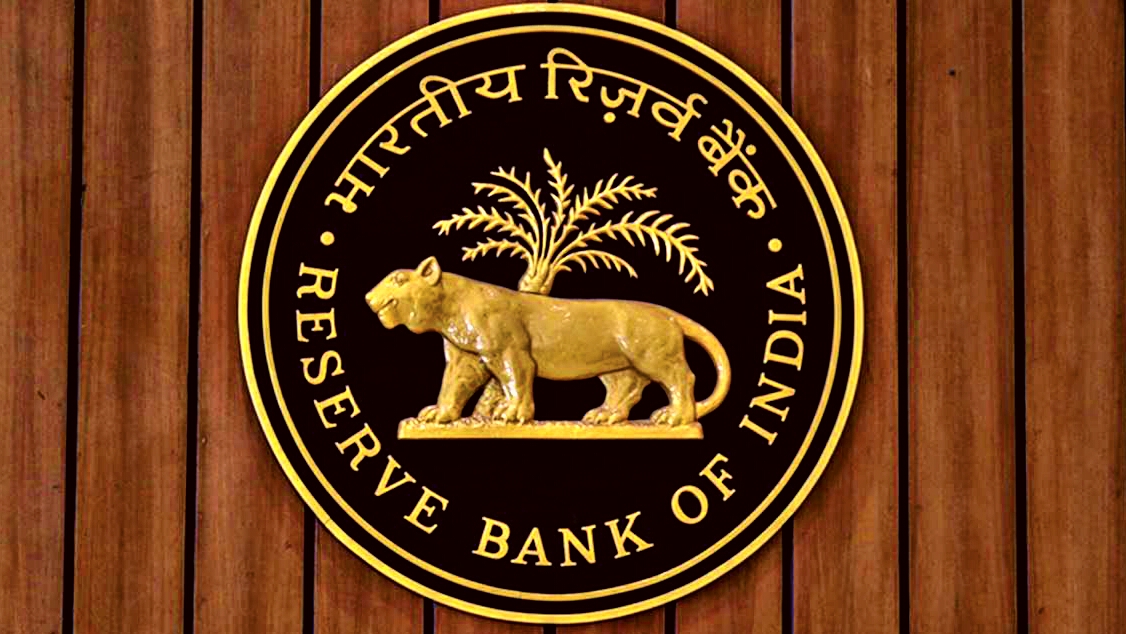Introduction to the Reserve Bank of India (RBI)
The Reserve Bank of India (RBI) is the central banking institution of India and plays a crucial role in the nation’s economic landscape. Established on April 1, 1935, the RBI serves as the guardian of monetary stability, financial supervision, and regulation in India. With a rich history and a wide range of responsibilities, the RBI has been instrumental in shaping the Indian economy. This article provides an overview of the RBI, delving into its historical background, key functions and responsibilities, and its significant contributions to the Indian economy. Furthermore, it explores the RBI’s role in controlling inflation, regulating the banking sector, promoting financial inclusion, and managing foreign exchange reserves, and discusses the challenges and future prospects for the RBI in India’s dynamic economic environment.
Overview of the RBI
The Reserve Bank of India (RBI) is the central bank of the country and holds the prestigious responsibility of managing the monetary and financial stability of India. It was established on April 1, 1935, in accordance with the Reserve Bank of India Act, 1934. The RBI is governed by a central board of directors, headed by the Governor.
Importance of the RBI in the Indian economy
The RBI plays a vital role in the Indian economy. It acts as a custodian of the country’s monetary system, regulates and supervises banks, enforces regulations to safeguard the stability and integrity of the financial system, and manages the circulation of currency and credit. It also formulates and implements monetary policy to control inflation and promote economic growth.
Historical background and establishment of the RBI
Pre-independence banking system in India
Before the establishment of the RBI, India had a fragmented banking system with numerous private and exchange banks operating independently. The lack of a centralized authority led to issues like excess note circulation, unregulated credit, and lack of uniform banking practices.
The establishment of the RBI
The need for a central bank in India was recognized by various committees and experts. The RBI was established to address the shortcomings of the existing banking system and to promote the economic development of the country.
Evolution of the RBI’s role over time
Over the years, the role of the RBI has evolved significantly. It has taken on responsibilities beyond traditional central banking functions and has played a crucial role in shaping India’s financial sector. The RBI has adapted its policies and regulations to meet the changing needs of the Indian economy.
Key functions and responsibilities of the RBI
Monetary policy formulation and implementation
One of the primary functions of the RBI is to formulate and implement monetary policy. It uses various tools like interest rates, reserve ratios, and open market operations to control inflation, manage liquidity, and stabilize the economy.
Banker to the government and regulator of the banking system
The RBI serves as the banker to the central and state governments, managing their accounts, and facilitating their financial transactions. It also regulates and supervises banks and other financial institutions to ensure their sound functioning and compliance with regulations.
Currency management and issuance
The RBI is responsible for the management and distribution of currency in India. It ensures the availability of adequate currency supply and maintains the integrity of banknotes in circulation. It also issues new currency notes and withdraws damaged or unfit ones from circulation.
Developmental role in the financial sector
The RBI plays a developmental role in promoting a stable and efficient financial system. It focuses on fostering financial inclusion, developing payment systems, and supporting the growth of non-banking financial institutions. It also conducts research and disseminates information to enhance financial literacy and awareness.
Role of the RBI in controlling inflation and maintaining price stability
Importance of price stability for the Indian economy
Price stability is crucial for sustainable economic growth and the well-being of individuals and businesses. It ensures that the purchasing power of money remains stable, encourages savings and investments, and promotes confidence in the economy.
Tools and measures used by the RBI to control inflation
The RBI employs various tools to control inflation. It adjusts key policy rates like the repo rate and reverse repo rate to influence borrowing costs and credit availability. It also uses open market operations and reserve requirements to manage liquidity in the banking system.
Impact of the RBI’s policies on inflation and price stability
The RBI’s policies have a direct impact on inflation and price stability. By adjusting interest rates and managing liquidity, the RBI aims to keep inflation within a target range. Its actions influence borrowing costs, spending patterns, and investment decisions, thereby shaping the overall price levels in the economy.
RBI’s role in regulating and supervising the banking sector
Overview of the Indian banking system
The Indian banking system is like a bustling marketplace, with numerous banks catering to the financial needs of individuals, businesses, and the government. From large nationalized banks to smaller cooperative banks, the system is diverse and dynamic.
Regulatory framework and guidelines implemented by the RBI
In this bustling marketplace, the Reserve Bank of India (RBI) plays the role of a vigilant overseer. It sets the rules and guidelines that banks must follow to ensure stability and transparency. From capital adequacy requirements to loan classification norms, the RBI maintains a strict regulatory framework to safeguard the interests of depositors and maintain financial stability.
Supervisory role of the RBI in ensuring financial stability
The RBI doesn’t just stop at setting rules; it also keeps a watchful eye on banks through its supervisory role. It conducts regular inspections, audits, and stress tests to identify potential risks and vulnerabilities. By ensuring that banks adhere to the prescribed guidelines, the RBI aims to maintain financial stability and protect the interests of the public.
RBI’s contribution to financial inclusion and development in India
Initiatives and policies promoting financial inclusion
The RBI believes that access to financial services is not a privilege but a right. To promote financial inclusion, it has introduced several initiatives and policies. This includes measures to expand banking services in rural areas, simplify account opening procedures, and encourage banks to offer affordable and inclusive products that cater to the needs of underserved sections of society.
Role of the RBI in fostering inclusive economic growth
By promoting financial inclusion, the RBI contributes to inclusive economic growth. When more people have access to financial services, they can save, invest, and participate in the formal economy. This, in turn, leads to increased consumption, entrepreneurship, and overall economic development.
Impact of financial inclusion on the Indian economy
The impact of financial inclusion on the Indian economy cannot be overstated. It helps reduce income inequality, facilitates poverty alleviation, and promotes social welfare. Increased banking penetration also leads to greater financial stability and resilience, as risks are spread across a wider customer base. Moreover, financial inclusion enables individuals and businesses to access credit, fueling investment and growth.
RBI’s role in managing foreign exchange reserves and exchange rate stability
Importance of foreign exchange reserves for the Indian economy
Foreign exchange reserves are like a safety net for a country’s economy, and the RBI is the custodian of India’s reserves. These reserves, typically in the form of foreign currencies and gold, ensure that the country can meet its international payment obligations and manage exchange rate volatility. They also provide confidence to investors and lenders, reflecting a country’s economic strength.
RBI’s intervention in the foreign exchange market
The RBI actively intervenes in the foreign exchange market to manage exchange rate fluctuations and maintain stability. It buys or sells foreign currency as needed to influence the exchange rate. By doing so, the RBI aims to prevent excessive volatility that can disrupt trade, investment, and overall economic activity.
Impact of exchange rate stability on trade and investment
Exchange rate stability is crucial for promoting trade and attracting foreign investment. A stable exchange rate provides certainty and confidence to exporters, importers, and investors, as it reduces the risk of sudden and significant currency value changes. This fosters a conducive environment for international trade and investment, allowing businesses to plan and execute transactions more effectively. In conclusion, the Reserve Bank of India (RBI) stands as a pivotal institution in the Indian economy, ensuring stability, fostering growth, and safeguarding the financial system. Through its effective monetary policies, regulatory frameworks, and developmental initiatives, the RBI continues to play a crucial role in shaping the nation’s economic landscape. As India faces new challenges and opportunities, the RBI will undoubtedly adapt and evolve to meet the changing needs of the economy. With its rich history and unwavering commitment to the nation, the RBI remains a key pillar of India’s economic progress, poised to navigate the complexities of the future and contribute to the sustainable development of the country.
FAQ
What is the main role of the Reserve Bank of India (RBI)?
The RBI’s main role is to maintain price stability and control inflation in the Indian economy. It formulates and implements monetary policies to regulate the money supply, interest rates, and credit availability.
How does the RBI regulate the banking sector in India?
The RBI acts as the regulator and supervisor of banks in India, ensuring their stability and soundness. It sets guidelines and regulations for banks to follow, conducts regular inspections, and oversees compliance with prudential norms and capital adequacy requirements.
How does the RBI promote financial inclusion in India?
The RBI actively promotes financial inclusion by implementing measures to ensure access to banking services for all sections of society. It encourages banks to open branches in underserved areas, promotes digital payments and technology-enabled financial services, and establishes policies to enhance financial literacy.
What challenges does the RBI face in the Indian economy?
The RBI faces various challenges in the Indian economy, including managing inflationary pressures, addressing the non-performing assets (NPAs) issue in the banking sector, promoting sustainable economic growth, and managing external vulnerabilities. Additionally, it needs to adapt to technological advancements and changing global financial dynamics to effectively navigate future challenges.










